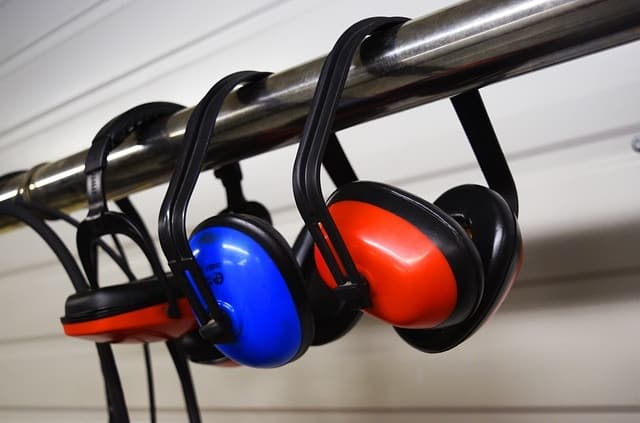So You Need to Create a Hearing Conservation Program
So, you’ve been tasked with designing your company’s hearing conservation program. You have the opportunity to improve the quality of lives among the people who work with you. Companies that actively promote hearing safety through hearing conservation programs can:
- Lower absenteeism
- Reduce accidents and liability claims
- Lessen illness rates
- Improve worker efficiency
- Reduce turnover
- Make recruiting, hiring, and onboarding easier
- Improve the quality of the finished product
- Directly and indirectly, help the employer save money and improve the bottom-line
This is a great opportunity to demonstrate that your organization cares about workers and takes meaningful steps to put safety precautions into practice.
When Is a Hearing Conservation Program Required?
According to OSHA, a plan is required “whenever employee noise exposures equal or exceed an 8-hour time-weighted average sound level (TWA) of 85 decibels measured on the A scale (slow response) or, equivalently, a dose of fifty percent. For purposes of the hearing conservation program, employee noise exposures shall be computed in accordance with appendix A and Table G-16a, and without regard to any attenuation provided by the use of personal protective equipment.”
This does involve some calculations and specialized monitoring. Certified professionals can handle that part for you, but it’s not always easy to recognize what too much noise exposure sounds like because 85 decibels is approximately the noise level of a busy restaurant.
As a general rule, occupational noise exposure over 85 can cause hearing loss over a period. And if noise is over 100 dB, damage can happen in as little as 15 minutes.
Signs You Need Noise Testing
As a general rule, look for these signs:
- Employees regularly shouting to be heard even when in close proximity
- People complaining about ringing in their ears during or after work
- People complaining about the noise, especially new people or those who don’t normally work in that area. Sadly, people who’ve been working in a loud area may have already developed some hearing loss, so the noise doesn’t seem as loud, but it’s still doing damage.
What Goes Into a Hearing Conservation Program?
Each plan should be unique and customized to address specific business and personnel needs, and will include things like:
- Initial audit of your current hearing procedures. You’re getting some things right, so we’ll celebrate that as we look at where the company can do better.
- Noise exposure monitoring, which needs to be done over a period time and in various locations to understand real-world exposure
- Noise control measures
- Regular hearing testing for employees
- Hearing protection plan
- Employee education about the noise levels they may be exposed to, the importance of hearing protection and proper usage. If they’re not using protection, it won’t prevent hearing loss, so if needed we can develop a plan to promote a hearing safety culture.
- Annual evaluation of the program, including objective measures like year-to-year hearing comparisons on the same individual
- Recordkeeping
Designing a Customized Hearing Conservation Program That Works
It’s critical that we work toward real solutions that eliminate those tug-of-wars that workers feel between protecting their hearing and doing their job. I want every organization I work with to fully understand the benefits of developing a Hearing Conservation Program for their company and their people. I’m Dr. Coltharp, and I help organizations develop smart and practical hearing conservation programs.
As an audiologist, I began working out in the community in 1983. I found my calling helping Memphians hear better. Along with serving my patients, there’s really no better way I can do that than working with the job creators, HR departments, and health & safety professionals in our metro area.
Also, I worked with Shelby County Schools starting in 1986, and I continue to provide education to school leaders and educators. I helped FedEx develop the Hearing Conservation Program that they use nationwide.
If you’ve been tasked with creating a hearing conservation program for your organization, I’m available to consult and help you create the right plan for you. Drop me a quick line, and we’ll set up a time to talk.



